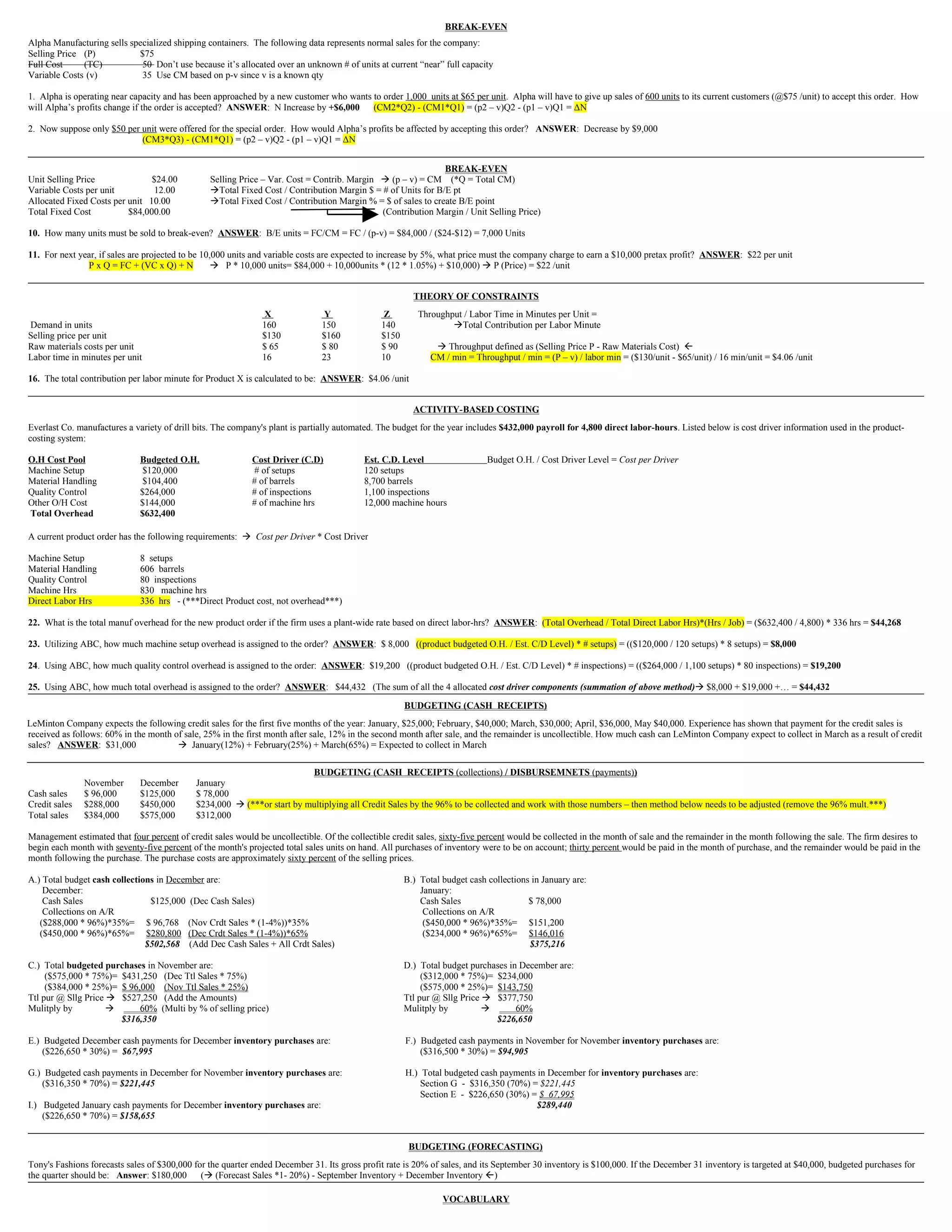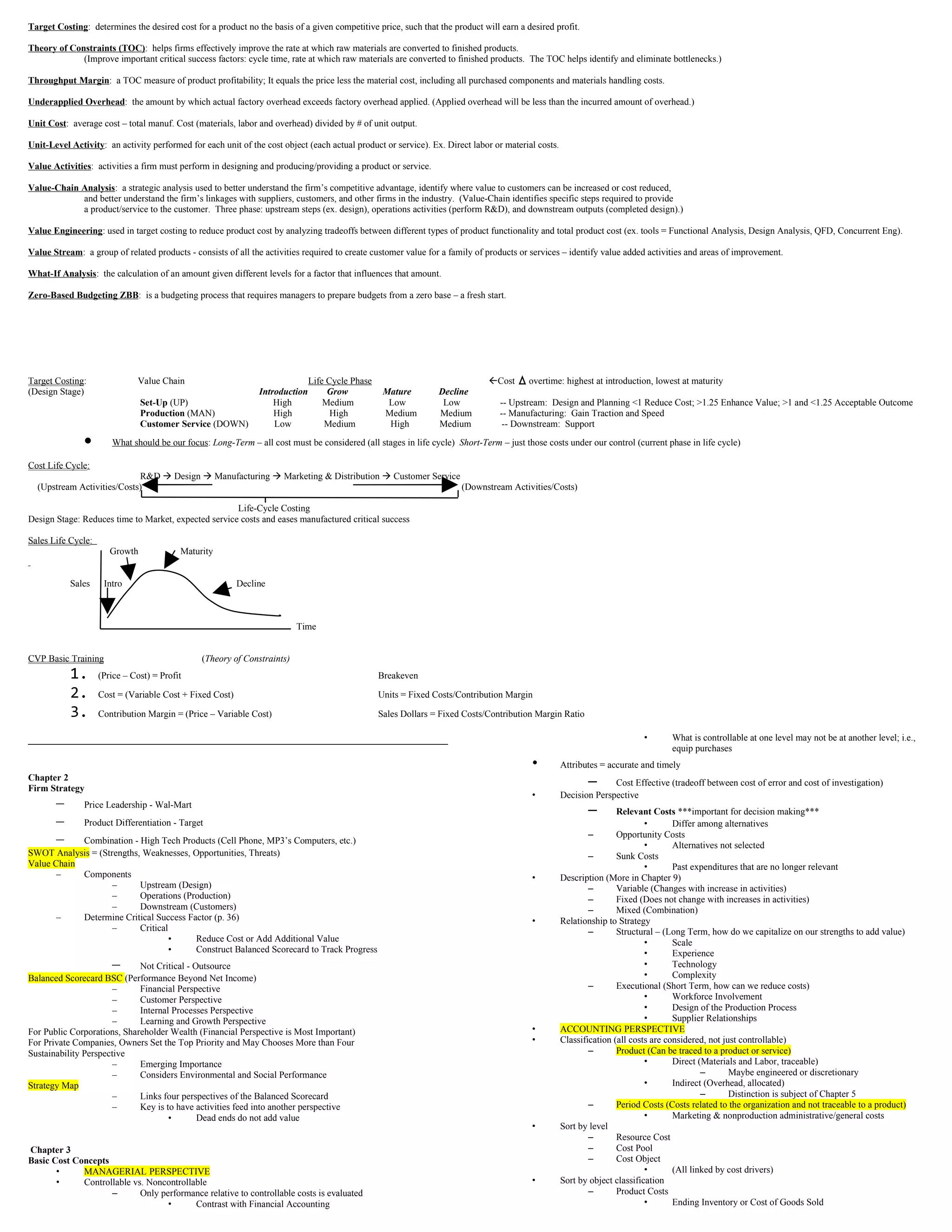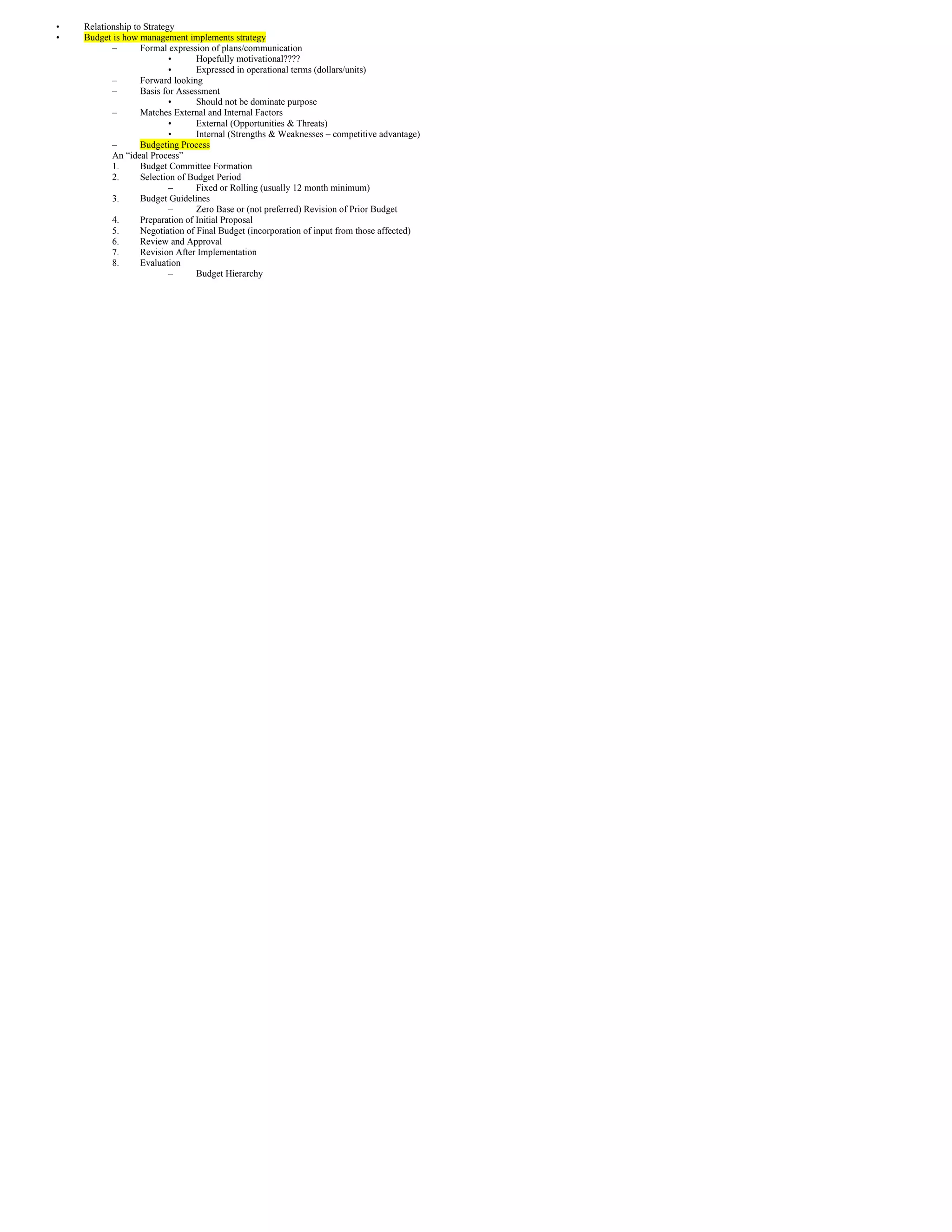Alpha Manufacturing sells shipping containers and is operating near capacity. It has been approached by a new customer wanting to order 1,000 units at $65 per unit, which would require giving up sales of 600 current units at $75 per unit. Accepting the new order would increase Alpha's profits by $6,000. If the special order price was $50 per unit instead, Alpha's profits would decrease by $9,000.




